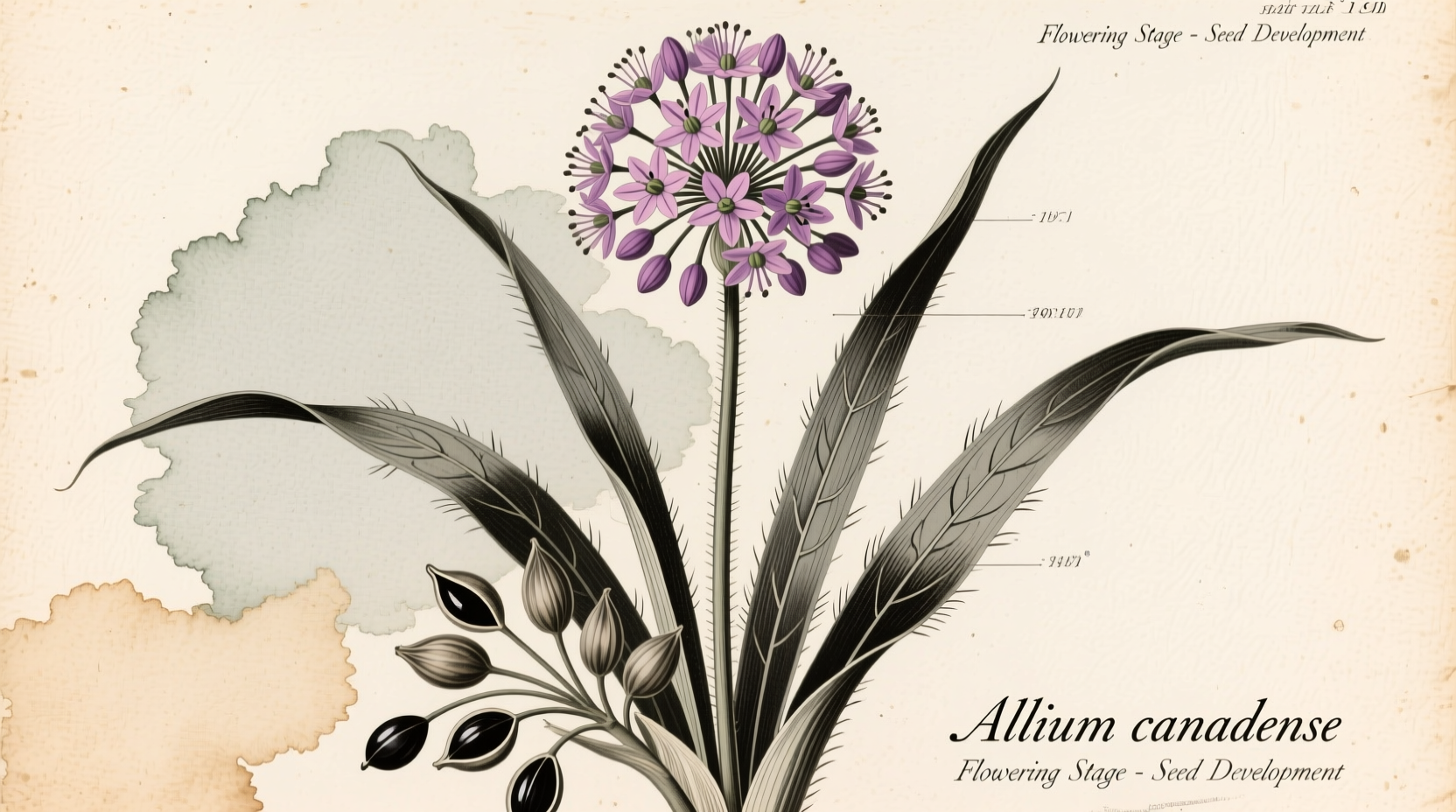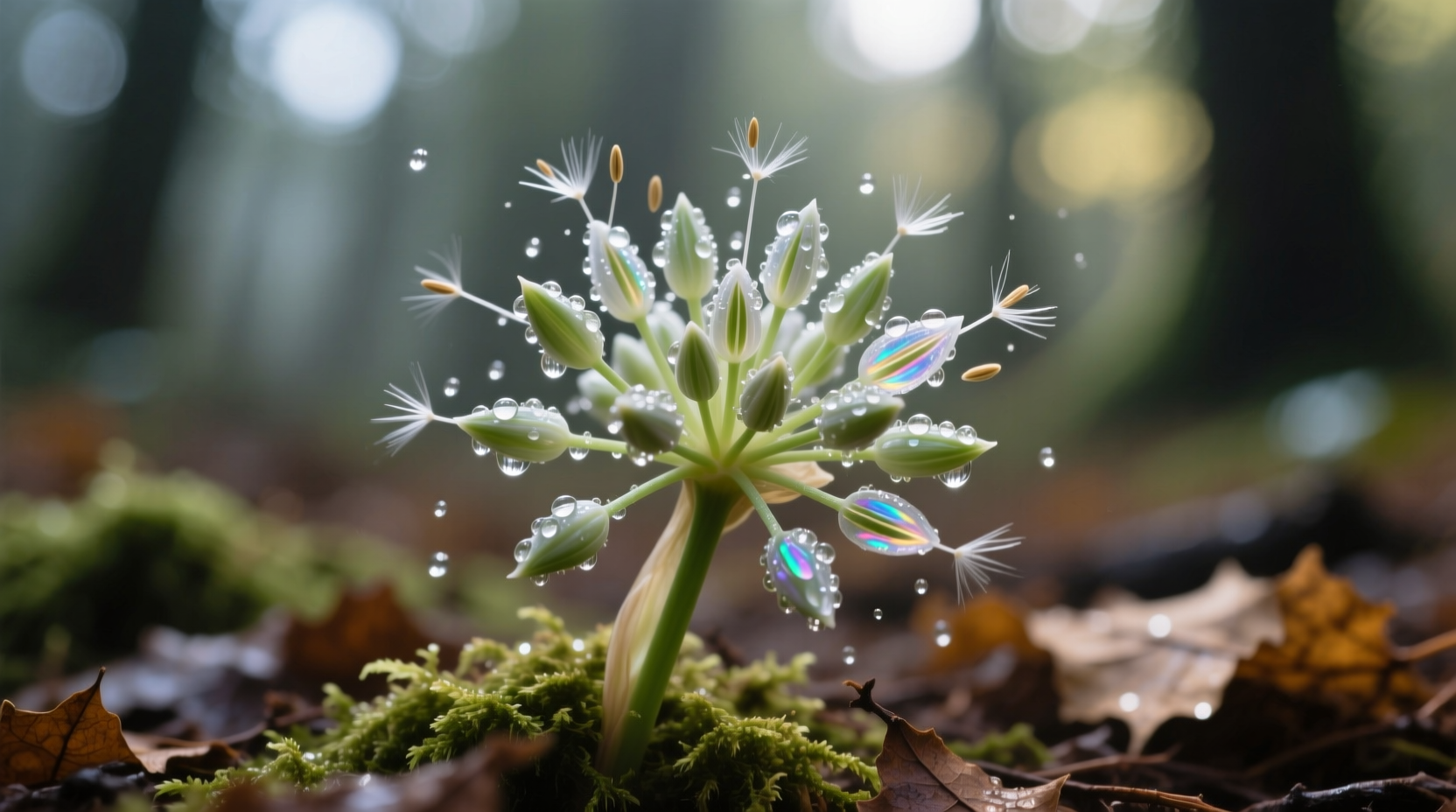Why Wild Leek Seeds Are Different Than You Might Expect
When searching for "wild leek seeds," most gardeners discover a surprising reality: commercial seed sources for true wild leeks (Allium tricoccum) are extremely limited. This isn't an oversight—it's a conservation necessity. Wild leeks, or ramps, grow slowly in forest ecosystems and face significant population pressures from overharvesting and habitat loss.
Unlike cultivated leeks that readily produce viable seeds, wild leeks have a complex reproductive cycle. They do produce seeds in late summer after flowering, but these seeds have specific germination requirements and low viability rates compared to cultivated varieties. The U.S. Forest Service notes that wild leek populations can take decades to recover from significant harvesting due to their slow growth cycle.

The Sustainable Path to Growing Wild Leeks
If you're interested in cultivating wild leeks, understanding their biology is crucial for success and conservation. Here's what experienced foragers and botanists recommend:
Why Seed Propagation Is Challenging
Wild leek seeds require specific conditions to germinate successfully:
- Cold stratification: Seeds need 60-90 days of cold, moist conditions before spring planting
- Forest floor mimicry: They germinate best under leaf litter with dappled sunlight
- Slow development: From seed to harvestable size takes 5-7 years
- Low germination rates: Typically 30-50% even under ideal conditions
More Practical Alternatives for Home Growers
Instead of searching for elusive wild leek seeds, consider these more successful approaches:
| Propagation Method | Time to Harvest | Success Rate | Conservation Impact |
|---|---|---|---|
| Seeds | 5-7 years | Low (30-50%) | Most sustainable but challenging |
| Bulb division | 2-3 years | High (80-90%) | Moderate (requires established plants) |
| Transplanted wild bulbs | 1-2 years | Variable | Potentially harmful to wild populations |
Legal and Ethical Considerations by Region
Before attempting to grow wild leeks, check your local regulations. Many states and provinces have implemented protections:
- Great Smoky Mountains National Park: Strictly prohibits wild leek harvesting (NPS Regulation 36 CFR § 2.1)
- Quebec, Canada: Requires permits for commercial harvesting and limits personal collection
- West Virginia: Bans commercial harvesting during peak season (March 1-May 15)
- North Carolina: Limits personal harvest to 50 bulbs per person per year
The USDA Natural Resources Conservation Service reports that wild leek populations have declined by approximately 30% in their native range over the past two decades due to combined pressures of habitat loss and overharvesting.
Step-by-Step Guide to Sustainable Wild Leek Cultivation
Creating the Right Environment
Wild leeks thrive in conditions that mimic their natural forest habitat:
- Choose a partially shaded location with rich, moist soil (similar to deciduous forest floors)
- Amend soil with leaf mold and compost to achieve pH 5.5-6.5
- Plant in raised beds if drainage is poor—wild leeks need well-drained soil despite preferring moisture
- Maintain consistent moisture without waterlogging (1-1.5 inches of water weekly)
Propagation Methods That Work
For the highest success rate while supporting conservation efforts:
- Bulb division (recommended): In early fall, carefully divide established plants, ensuring each section has roots and part of the bulb. Replant immediately at the same depth they were growing.
- Seed collection (if available): Collect mature black seeds in late summer. Sow immediately or store in moist peat moss in the refrigerator for 60-90 days before spring planting.
- "Scatter and forget" method: Experienced foragers recommend scattering harvested seeds back into the forest floor where you collected bulbs to support natural regeneration.
Conservation Timeline: Protecting Wild Leek Populations
Understanding the history of wild leek conservation helps explain current restrictions:
- 1990s: Commercial demand for ramps surges with popularity in farm-to-table restaurants
- Early 2000s: Researchers document significant population declines in Appalachian regions
- 2005: Great Smoky Mountains National Park implements complete harvesting ban
- 2010: Several states establish seasonal restrictions and harvest limits
- 2015-present: Increased focus on cultivation as conservation strategy; university extension programs develop best practices
Supporting Wild Leek Conservation Efforts
You can help preserve wild leek populations while still enjoying these culinary treasures:
- Participate in citizen science projects tracking wild leek populations through organizations like the Appalachian Ramp Watch
- Support nurseries specializing in ethically propagated native plants (look for those certified by the North American Native Plant Society)
- Practice the "one-for-two" harvesting rule: for every plant you take, leave two behind and scatter seeds
- Consider growing alternative native species like nodding onion (Allium cernuum) which has similar flavor profiles
When Wild Leek Seeds Might Be Available
While rare, some specialized sources offer wild leek seeds with important caveats:
- University extension programs sometimes distribute seeds for research purposes
- Certified native plant nurseries may offer seeds from ethically managed populations
- Seed exchanges among conservation-focused gardeners occasionally have limited quantities
Be wary of online sellers offering "wild leek seeds" at low prices—many are actually selling cultivated leek varieties or other Allium species. The Missouri Botanical Garden warns that mislabeled seeds contribute to genetic contamination of native populations when planted in natural areas.











 浙公网安备
33010002000092号
浙公网安备
33010002000092号 浙B2-20120091-4
浙B2-20120091-4